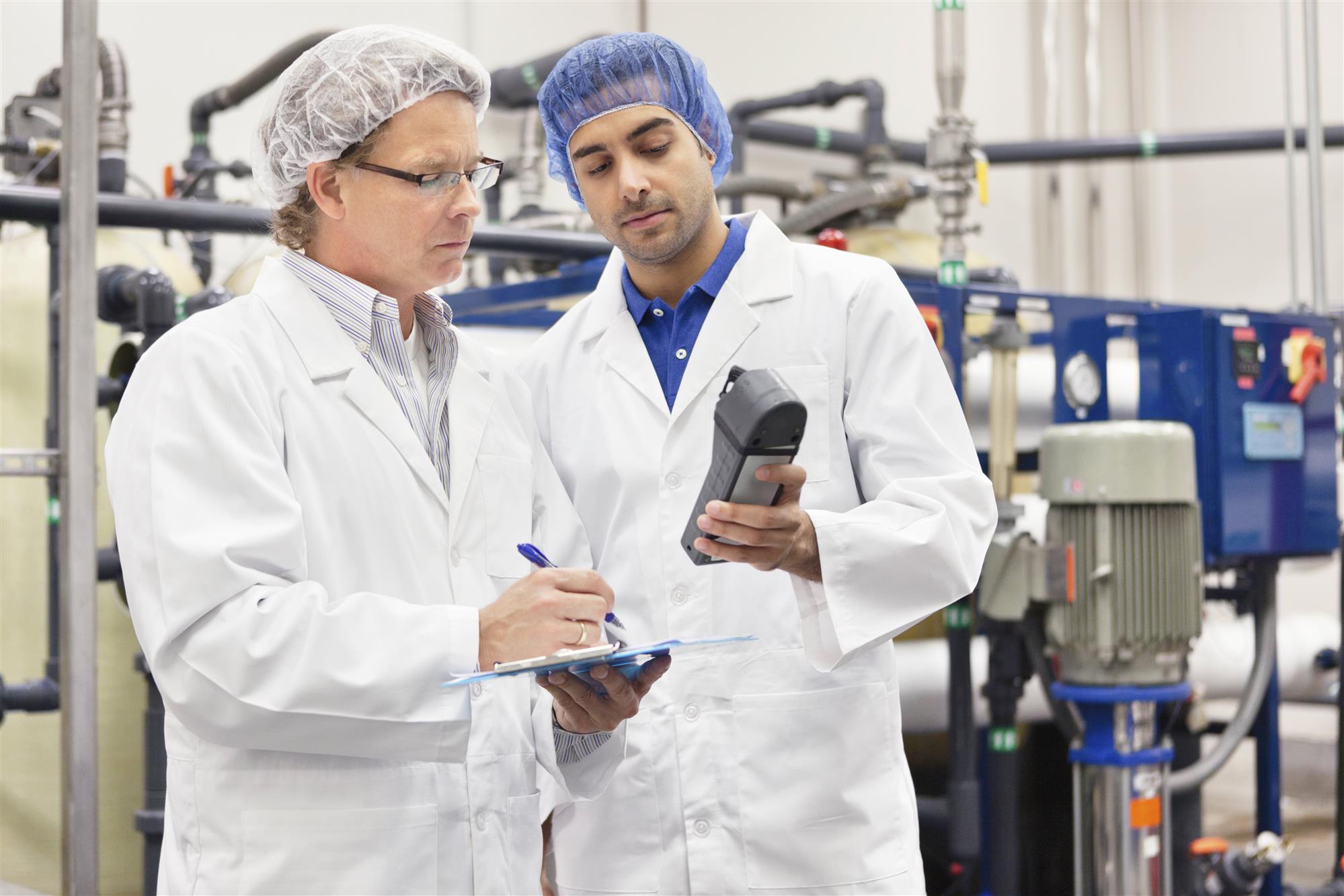How Technology Will Change the Future of the Manufacturing Industry
The manufacturing industry has undergone transformations over the past century. At one point, the United States paved the way during the second Industrial Revolution and led the way in manufacturing processes. However, as other centuries developed their own manufacturing facilities over the past 30 years or so, the shift from domestic production to overseas production occurred.
Organizations started opening up new factories or outsourcing their mass production to contractors in Asian countries, since it was cheaper to produce goods there and then import the parts, components, or finished goods back into the United States. However, the face of manufacturing is starting to change again. This time, it could indicate a resurgence of the U.S. manufacturing industry.
Several developing technologies are starting to emerge which would potentially allow U.S.-based operations the ability to produce goods domestically and at competitive prices compared to current overseas production facilities. One such technology is in the area of robotics.

Granted, there are already semi-automated and automated manufacturing machines in use to speed up production processes. While these machines have helped, newer robotic machines would be able to do more, utilizing advanced computer programs and applications, as well as handling more complex tasks than they are currently capable of supporting.
Another emerging technology opening up endless possibilities in the manufacturing industry concerns 3D printer technologies. While 3D printers have been around for several years, they initially created barriers for entry for small to medium sized operations. In addition, the types of materials used in the printers were primarily limited to plastics in different colors. Just as with other technologies, the costs for 3D printers have started to decline, slowly eroding away at any barriers to entry for manufacturers.
In addition, the range of printable materials is growing and expanding at a fast rate. Today, not only do current 3D printer technologies support plastic-based materials, but also an assortment of metal powders and carbon fibers. Thanks to these advancements, additive manufacturing is gaining traction and allowing companies to produce finished goods at a fraction of the cost compared to traditional manufacturing processes.
The future of manufacturing is going to be one where production facilities will need to be able to provide a diverse range of services and production volumes for customers. Further, some manufacturers will essentially become “on-demand” production operations for some of their customers, much like printing and copying services available from various companies today.
Tomorrow’s factory workers are going to have to be computer savvy with programming education and training, too. Rather than performing manual processes, workers will program the desired functions into a computer, transmit the program to the robot or 3D printer, and let the automated machine do the work.
Even with these expected shifts in manufacturing, one thing that will not change is the need for industrial uniforms and safety apparel, which is easily obtainable from Prudential Overall Supply. Contact us at (800) 767-5536 now to speak to a representative and learn about our flexible and customizable work uniform solutions.